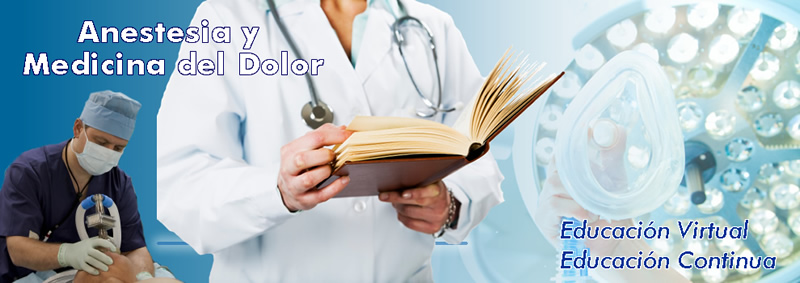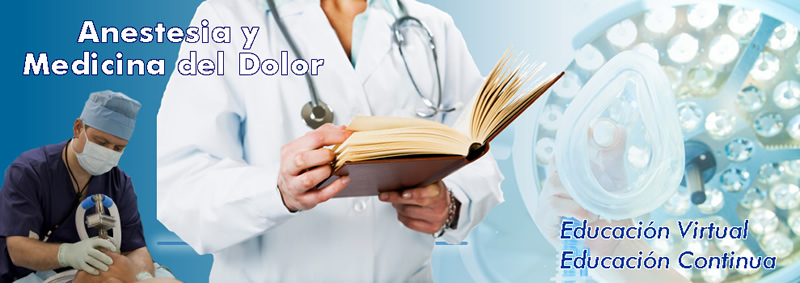| |||||||||||||
jueves, 1 de marzo de 2018
Complicaciones en anestesia regional / Regional anesthesia complications
Cuidados paliativos / Palliative care
| ||||||||||||
miércoles, 28 de febrero de 2018
Dr Carlos Cortés - 6to maratón de hombro y codo
Este sábado 3 de marzo del 2018 yo, el Dr. Carlos Cortés, estaré a tu servicio para brindarte un paquete de diagnóstico profesional completo a PRECIO ESPECIAL, para hallar la causa de tu dolor y comenzar tu tratamiento.
Te espero de 8 a 20 hrs, en el Centro Médico Puerta de Hierro.
Agenda tu consulta al 38482133 (Dpto. de Imagenología)
Poder en el tobillo y el mediopié durante la marcha y el ascenso en escalera en adultos sanos.
http://www.cirugiadepieytobillo.com.mx/academia/poder-en-el-tobillo-y-el-mediopie-durante-la-marcha-y-el-ascenso-en-escalera-en-adultos-sanos/
Ankle and Midfoot Power During Walking and Stair Ascent in Healthy Adults.
Fuente
Este artículo es publicado originalmente en:
https://www.ncbi.nlm.nih.gov/pubmed/29485306
https://journals.humankinetics.com/doi/10.1123/jab.2017-0095
De:
DiLiberto FE1, Nawoczenski DA2, Houck J3.
J Appl Biomech. 2018 Feb 27:1-28. doi: 10.1123/jab.2017-0095. [Epub ahead of print]
Todos los derechos reservados para:
Powered by Atypon® Literatum
Abstract
Ankle power dominates forward propulsion of gait, but midfoot power generation is also important for successful push off. However, it is unclear if midfoot power generation increases or stays the same in response to propulsive activities that induce larger external loads and require greater ankle power. The purpose of this study was to examine ankle and midfoot power in healthy adults during progressively more demanding functional tasks. Multi-segment foot motion (tibia, calcaneus, forefoot) and ground reaction forces were recorded as participants (N=12) walked, ascended a standard step, and ascended a high step. Ankle and midfoot positive peak power and total power, and the proportion of midfoot to ankle total power were calculated. One-way repeated measures ANOVAs were conducted to evaluate differences across tasks. Main effects were found for ankle and midfoot peak and total powers (all p < .001), but not for the proportion of midfoot to ankletotal power (p = .331). Ankle and midfoot power significantly increased across each task. Midfoot power increased in proportion to anklepower and in congruence to the external load of a task. Study findings may serve to inform multi-segment foot modeling applications and internal mechanistic theories of normal and pathological foot function.
KEYWORDS:
foot biomechanics; kinetics; multi-segment foot model
Resumen
El poder del tobillo domina la propulsión hacia adelante de la marcha, pero la generación de energía en el mediopié también es importante para un empuje exitoso. Sin embargo, no está claro si la generación de energía en el mediopié aumenta o permanece igual en respuesta a las actividades de propulsión que inducen cargas externas más grandes y requieren una mayor potencia en el tobillo. El propósito de este estudio fue examinar el poder del tobillo y el mediopié en adultos sanos durante tareas funcionales progresivamente más exigentes. Múltiples segmentos del movimiento del pie (tibia, calcáneo, antepié) y las fuerzas de reacción del suelo se registraron cuando los participantes (N = 12) caminaron, ascendieron un paso estándar y ascendieron a un paso alto. Se calculó la potencia máxima positiva y la potencia total del tobillo y el mediopié, y la proporción de potencia total desde el mediopié hasta el tobillo. Se realizaron ANOVA de medidas repetidas en un sentido para evaluar las diferencias entre tareas. Los principales efectos se encontraron para el tobillo y el mediopié del pico y las potencias totales (todos p <.001), pero no para la proporción de la energía del mediopié al tobillo (p = .331). El poder del tobillo y el mediopié aumentó significativamente en cada tarea. La potencia del mediopié aumentó en proporción a la fuerza del tobillo y en congruencia con la carga externa de una tarea. Los hallazgos del estudio pueden servir para informar las aplicaciones de modelado de pie multisegmento y las teorías mecanicistas internas de la función del pie normal y patológica.
PALABRAS CLAVE:
biomecánica del pie; cinética; modelo de pie multi-segmento
- PMID: 29485306 DOI: 10.1123/jab.2017-0095
Suscribirse a:
Comentarios (Atom)




